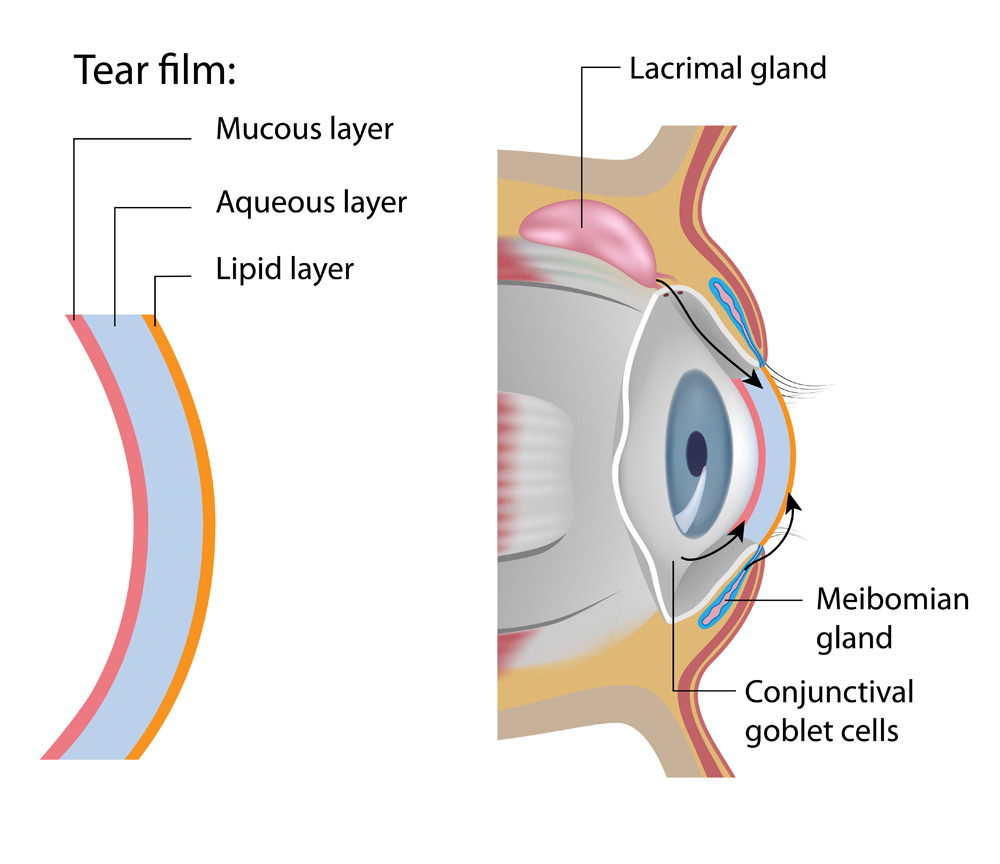
Dry Eye Treatment in Newport
Dry eye disease, also known as dry eye syndrome, is a common condition affecting millions of people around the world. Symptoms of dry eye disease can range from being a minor irritant to debilitating.
At Newport Eye Care, our eye doctor can diagnose dry eye disease and provide effective dry eye treatment in Newport tailored to your unique needs.
What is dry eye?
When a person does not produce enough lubrication for their eyes or the tears produced are not of sufficient quality, dry eye occurs. Many people compare dry eye to a gritty feeling or a sensation that something is stuck in their eye. Without proper dry eye care, this condition can raise your risk of infection and damage the eye’s surface, leading to potential problems in the future.
Dry eye syndrome can be the result of many factors. Regardless of the cause, we offer a variety of dry eye treatments in Newport to help relieve your discomfort and improve your quality of life.
Do you need dry eye treatment?
Due to a lack of awareness about dry eye syndrome and available dry eye treatments, many people who struggle with this condition do not realize they have a problem. If you experience the following symptoms, you may benefit from professional dry eye treatment:
- Blurry vision
- Burning or red eyes
- A scratchy sensation in the eyes
- Feeling like sand or something grainy is stuck in your eyes
- Discomfort when wearing contact lenses
- Watery eyes, which is the body’s response to the irritation of dry eyes
- Stringy mucus surrounding your eyes
If you think you may be experiencing dry eye, our dry eye specialist is here to help you find solutions.
What causes dry eye disease?
There are many different reasons people can develop dry eye disease. If you’re experiencing dry eye symptoms such as dry, itchy, irritated eyes, it’s important to visit a professional to determine the underlying cause so you can find the best treatment. Common causes of dry eye disease include:
Aging
Most people over age 65 experience some symptoms of dry eyes.
Certain medical conditions
Certain medical conditions, such as rheumatoid arthritis and Sjögren’s syndrome, can lead to dry eye disease.
Environmental factors
Many environmental factors can contribute to dry eyes, including the wind, sun, and air conditioning.
Medications
It is also possible to experience dry eyes as a side effect of certain medications, such as antihistamines and antidepressants.
Digital eye strain
A decrease in blink rate may cause dry eye symptoms in people who spend long hours in front of a computer screen or other digital device.
Meibomian gland dysfunction
Meibomian gland dysfunction (MGD) occurs when the meibomian glands in the eyelids become blocked or clogged.
Learn more
These glands produce an oily substance that prevents tear evaporation and helps lubricate the eyes. A blockage of these glands affects the production of this oily substance, resulting in dry eyes and an imbalance in the tear film.
MGD is one of the top underlying causes of dry eye disease and is especially common in people with a history of blepharitis or eyelid inflammation. Symptoms of MGD can include eye discomfort, redness, a feeling of grittiness, and a sensation of burning or stinging. In severe cases, MGD can also lead to thickened, irregular eyelid margins and meibomian cyst (chalazion) formation.
Blepharitis
Blepharitis is a condition characterized by inflammation of the eyelids. It is a common issue that can have various symptoms, including redness, itching, burning, and a sensation of having something gritty in the eyes.
Learn more
It can also cause the eyelashes to become matted or to turn inward, leading to irritation and even infection.
Blepharitis can be caused by several factors, including a bacterial infection, an overgrowth of normal eyelid bacteria, or an allergic reaction. Another possible cause is the obstruction of the oil glands located in the eyelids, which can lead to dry eye disease.
Blepharitis can damage these oil glands, reducing the production of the oily layer of tears that lubricate the eyes. This can result in dryness and irritation, which can exacerbate blepharitis, creating a vicious cycle.
Cosmetics
Certain ingredients found in cosmetics can irritate the eyes, resulting in symptoms such as dryness, redness, and itching. These ingredients include preservatives, fragrances, and specific types of dyes.
Learn more
Cosmetics can also cause dry eyes by blocking the tear ducts, which serve as channels for draining tears away from the eyes. This blockage affects the proper flow of tears, causing them to build up in the eyes and lead to dryness and irritation.
Demodex mites
Demodex mites are microscopic creatures that naturally reside on human skin, including the eyelashes. While having a few of them is considered normal, an overpopulation of these mites can lead to issues.
Learn more
When Demodex mites multiply excessively on the eyelashes, they can trigger inflammation of the eyelids, resulting in symptoms like redness, itching, and a gritty sensation in the eyes. This inflammation can also damage the oil glands located in the eyelids, leading to the development of dry eye disease.
Weakened immunity, genetic predisposition, and excessive oil production can create a favorable environment for mites to flourish. To diagnose a Demodex infestation, an eye doctor typically examines an eyelash under a microscope. This close inspection allows them to identify the presence of these mites and determine if they are responsible for eye-related issues.
Diagnosing dry eye
Diagnosing dry eye disease involves a comprehensive eye exam and an evaluation of your symptoms. Tests may include assessing your tear quality, volume, evaporation rate, and chemical composition. Our dry eye specialist in Newport uses various diagnostic technologies to accurately assess the underlying cause and severity of your condition. These may include:
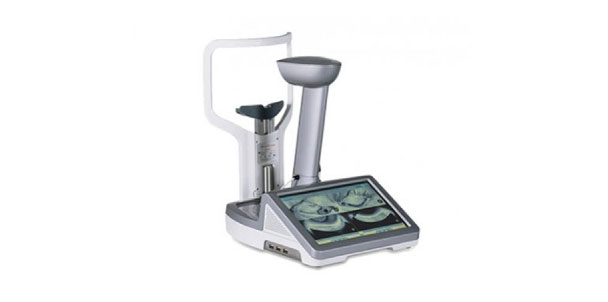
LipiScan®
LipiScan® is a specialized device used for meibomian gland imaging. It provides high-definition images of the meibomian glands, allowing us to evaluate their structure and function. This helps us identify any blockages or abnormalities in the glands, which are often associated with evaporative dry eye.
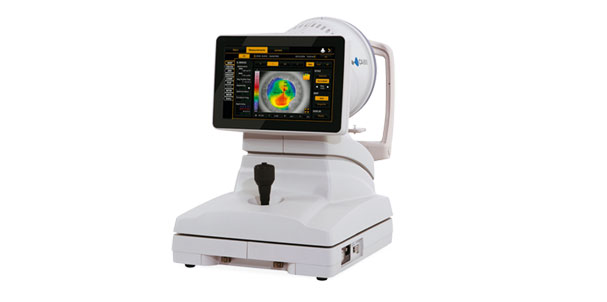
Topcon Tear Analyzer
The Topcon tear analyzer measures important parameters related to tear film stability and ocular surface health. This device can assess factors such as blink rate, tear break-up time (TBUT), and tear meniscus height. These measurements help us understand the dynamics of your tear film and identify any abnormalities contributing to your dry eye symptoms.
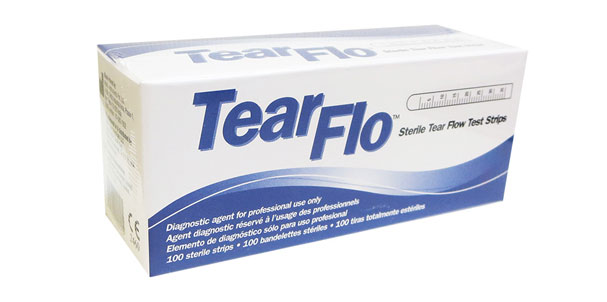
TearFlo Tear Test Strips
We use TearFlo test strips to measure the quality and quantity of your tears. This helps our optometrist identify and manage dry eye conditions more effectively. The test is painless and provides immediate results.
Dry eye treatment in Newport
At Newport Eye Care, we customize dry eye treatment to meet the specific needs of every patient, with the goal of minimizing dryness and discomfort and promoting optimal eye health. With so many variables at play, everyone’s dry eye treatment experience will be different. Dry eye treatment can range from ongoing to infrequent, depending on a person’s level of discomfort and needs.
Once we have determined the cause and severity of your symptoms, our Newport dry eye specialist will develop a personalized treatment plan tailored to your needs. The treatment options we offer may include:
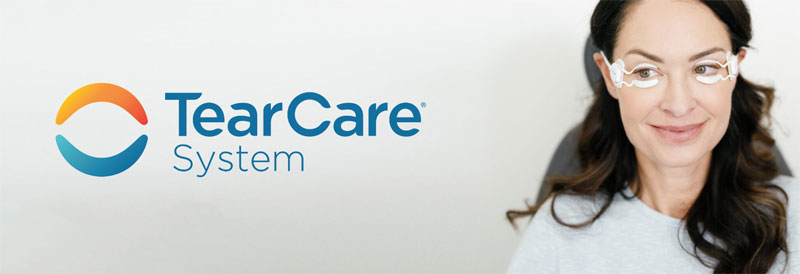
TearCare®
TearCare® is an advanced treatment that uses localized heat therapy to improve meibomian gland function. By applying controlled heat to the eyelids, TearCare® helps to liquefy and release any blockages in the glands, improving the quality of the oil layer in your tears.
Learn more about TearCare®

Bruder heated masks
These masks enable at-home treatment and are designed to provide therapeutic heat to the eyelids, promoting increased oil flow from the meibomian glands. Heated eye masks help relieve symptoms associated with meibomian gland dysfunction and evaporative dry eye.

EZ Tears™
EyePromise® EZ Tears™ is an omega-3 supplement containing a high concentration of DHA and EPA. Omega-3 fatty acids are known to have anti-inflammatory properties and can improve the overall health of your tears. Taking EZ Tears™ as a supplement may help alleviate dry eye symptoms.
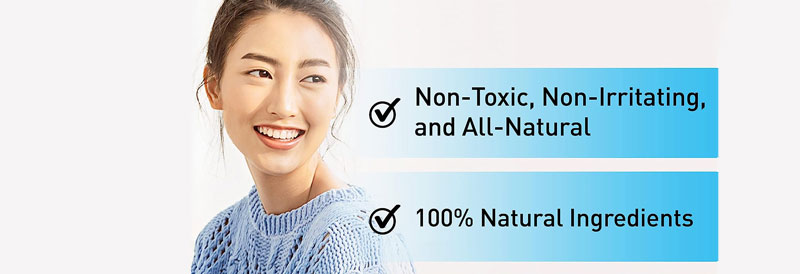
HypoChlor spray
OCuSOFT HypoChlor spray is a topical solution that is applied to the eyelids. It helps address the inflammatory component of dry eyes by reducing the presence of bacteria and Demodex mites on the eyelids. HypoChlor spray can be an effective addition to your dry eye treatment regimen.
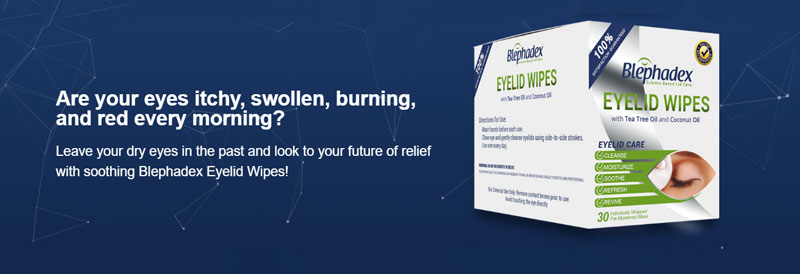
Blephadex® wipes
Blephadex® eyelid wipes are specifically formulated wipes for the management of blepharitis, which is a common underlying cause of dry eyes. These wipes help clean the eyelids and lashes, reducing inflammation and improving the health of the eyelid margins.

Punctal plugs
Punctal plugs are small silicone or gel plugs that are inserted into the tear drainage ducts (puncta) of the eyes. They help block tear drainage, allowing tears to stay on the ocular surface longer, providing increased moisture and relief from dry eye symptoms.

Amniotic membranes (Prokera®)
In cases of very advanced dry eye, such as severe keratitis, we may recommend Prokera® treatment. Prokera® is a biologic corneal bandage composed of amniotic membrane tissue. It helps reduce inflammation, promote healing, and provide a protective environment for the cornea.
Interested in learning more about dry eye diagnosis and treatment?
Contact our office to schedule a dry eye evaluation today!

